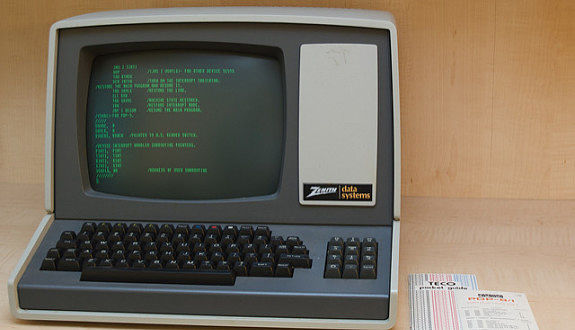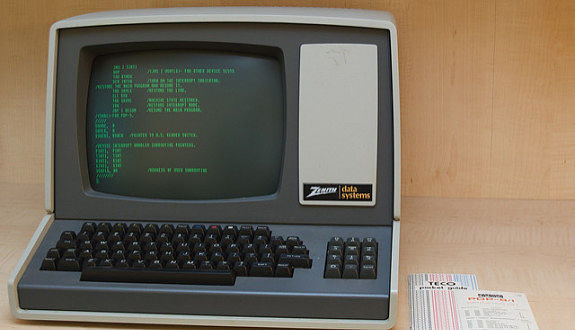
We tried out the new version of the LSAT Writing. And we’re using the format of LSAT Writing to review it.
A nonprofit organization known as the Law School Admissions Council (LSAC) is tasked with facilitating the law school admissions process, in part, by administering the Law School Admissions Test (LSAT). LSAC is considering changing part of the LSAT known as “LSAT Writing.” LSAT can either return to the former version of the LSAT Writing section, in which test takers handwrite a short essay at the end of the scored, multiple-choice sections of the exam, or continue to use their recently adopted new version of LSAT Writing, in which test takers write a short essay on a personal computer, anytime within a year following their completion of the scored, multiple-choice sections of the exam.* Using the facts below, write an essay in which you argue for one option over the other based on the following two criteria:
• LSAC wants optimize the overall test experience for test takers
• LSAC wants to provide law school admissions offices with an accurate appraisal of test takers’ writing skills under timed, law school exam-like conditions
Under the old format of the LSAT Writing section, students would write their essays after finishing five multiple choice sections, each lasting thirty-five minutes. These scored, multiple-choice sections — variously referred to as “difficult,” “soul-crushing,” and “my personal seventh layer of hell dear God what did I get myself into?” — would typically tire test takers considerably before writing their responses. In this version of LSAT Writing, students would also be required to handwrite their responses, using a no. 2 wooden pencil, in a test booklet provided by LSAC. The test takers would be given thirty-five minutes to write short persuasive essays, based on a prompt. The same proctors who monitored the multiple choice sections of the exam would monitor the LSAT Writing portion; these proctors would attempt to minimize any instances of cheating or “testing irregularities.” Test takers could use all thirty-five minutes to complete their responses, though most test takers would complete their responses in roughly half the provided time. However, test takers could not leave their test center until all thirty-five minutes had elapsed. Additionally, although law schools admissions offices would typically only review the most recent LSAT Writing responses on file, those who were retaking the LSAT would have to complete the LSAT Writing section each time they stood for the test.
With the recently adopted format of the LSAT Writing section, test takers are provided access to digital testing software when they sign up for the exam. The test takers are given instructions on how to install the software and complete the LSAT Writing section, which they may do anytime, on any webcam- and microphone-equipped personal computer, within a year of taking the multiple-choice sections of the exam. The installation process for the testing software has been described as “user-friendly.” The software itself allows students to type their responses to LSAT Writing prompt; the software also includes features such as spell-check and text bolding and italicization. Because the LSAT Writing section is no longer administered during the proctored multiple-choice sections of the LSAT, the testing software includes extensive features to ensure testing security. The testing software accesses the webcam and microphone on the test takers’ personal computers, and records audio and visuals of test takers as they complete the LSAT Writing portion. Test takers must also use the webcam to show the entire site at which they are taking the test, to make clear that there are no prohibited items anywhere on site. These recordings can be reviewed later by a proctor. Test takers are still given thirty-five minutes to complete their responses; however, test takers can submit their responses and close the application early, if they finish before the thirty-five minutes elapse. Finally, test takers are only required to have one LSAT Writing response, completed within the last five years, on file. Those who retake the multiple-choice portions of the exam are no longer required to retake the LSAT Writing portion of the test.
Test Taker No. 130387 Response:
“Having just taken the recently adopted LSAT Writing section, I believe that LSAC would be well-advised to keep the new digital version of the section, which is much preferable to the traditional version that was administered at the test center after the multiple-choice sections of the exam. The recently adopted digital version of the LSAT Writing section provides a better test experience and will provide law schools with a more accurate appraisal of applicants’ writing abilities under timed, test-like conditions.
“Compared to the traditional, handwritten version of the LSAT Writing section, the new digital version of the section significantly improves test takers’ experience. With the old version of LSAT Writing section, test takers would be forced to write an essay after they completed five difficult multiple-choice sections. These would leave test takers drained — mentally, emotionally, existentially. Requiring test takers to write a brief persuasive essay after these five multiple-choice sections made the writing process significantly more burdensome. Further, because these responses would be handwritten, the old version of the LSAT Writing section would overstress the transverse carpal ligaments in a test taker’s writing hand, adding a physical toll to the LSAT. On the other hand, the new version of LSAT Writing can be taken at any time, when the test taker feels motivated and energized. The test taker may also take the test from their comfort of their own homes, wearing — hypothetically — only the amount of clothing required not to offend any proctor who might review the recording of the exam. Further, the ability to type the responses makes the writing process itself less physically taxing. Features of the software, such as spell-check, also help ensure that the test takers can feel proud of their responses. Additionally, test takers who finish their responses early may submit their responses upon completion, allowing the process to take as little as ten or fifteen minutes. The installation process of this software, which takes only a few minutes and approximately 201 MB of hard drive space, is easy. Finally, while the security measures of the digital testing software feel slightly draconian (especially the virtual “tour” of the test site), they pale in comparison to the extensive check-in process and occasionally overzealous proctoring of the multiple-choice portions of the exam.
“Additionally, the new digital version of LSAT Writing likely provides law schools with a more accurate appraisal of applicants’ writing skills under law school exam-like conditions. Although law school exams are long and arduous affairs, these exams are not given *after* another longer and more arduous exam. In this way, the recently adopted digital version of LSAT Writing better mimics the conditions of an actual law school exam. Further, most law school exams are administered using testing software that is very similar to the digital version of LSAT Writing section. The software used in most law school exams also allow test takers to type their responses and provide tools like spell-check. Compared to the old version of the LSAT Writing, the new digital version better conforms to the format and conditions of a law school exam, and thus provides law schools with a better insight into test takers’ writing abilities under such conditions.
“In summation, the recently adopted digital version of the LSAT Writing provides a better testing experience for test takers and a more accurate depiction of applicants’ writing abilities under test-like conditions. LSAC should therefore keep the recently adopted version.”
*Ed. Note: You probably figured this out, but just to be clear — LSAC isn’t actually thinking about going back to the old version of LSAT Writing. They, by any and all accounts, are sticking to the new digital version, thankfully.




